Rembrandt’s delay a factor in precious paintings lost at sea
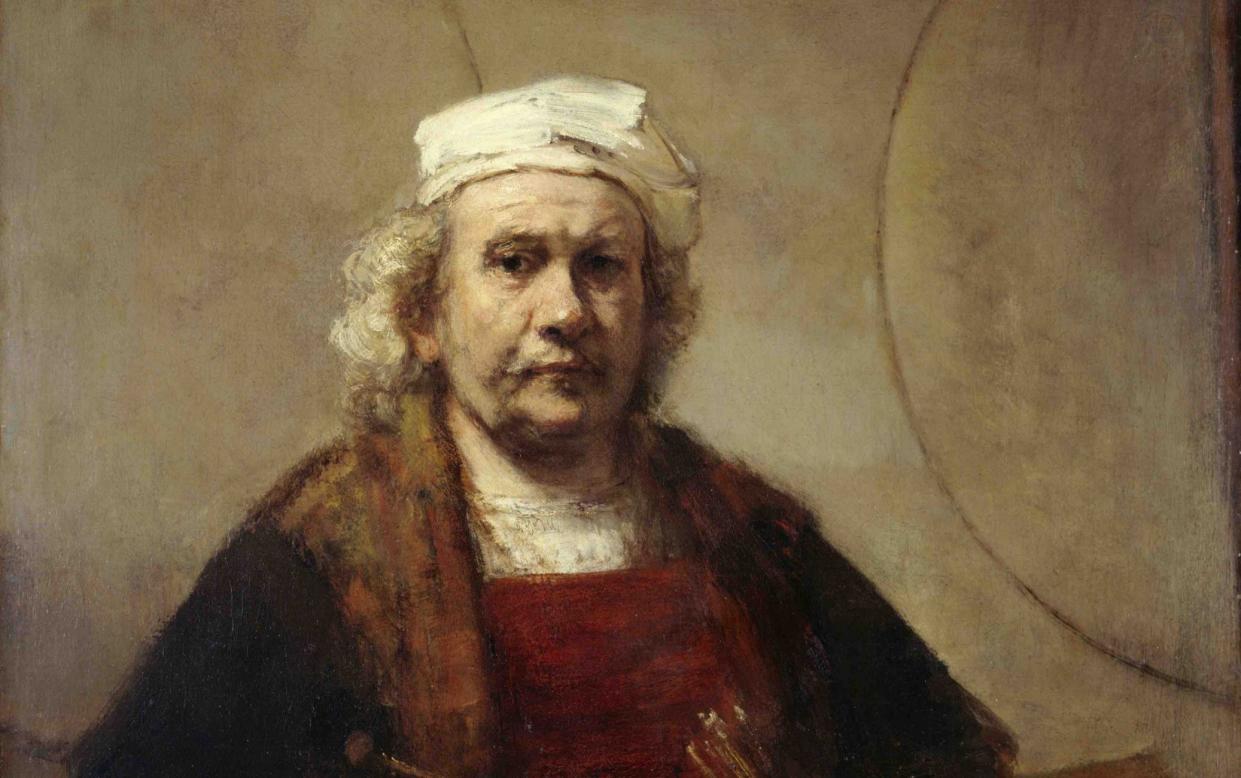
Two paintings by Rembrandt that were lost in a shipwreck off the coast of Cornwall could have been avoided had it not been for delays by the Dutch master in completing the works, new research reveals.
David Gibbins, a leading British maritime archaeologist, has discovered that the paintings were on board the Santo Cristo di Castello, a Genoese merchant ship wrecked in a storm on her maiden voyage near Mullion Cove in 1667.
Lorenzo Viviano, the ship’s captain, had overseen her lengthy construction in Amsterdam, only for the ship’s departure to be delayed by the wait for Rembrandt to complete two paintings for his Genoese patron.
The vessel was trapped icebound in Amsterdam during a severe winter and finally set off months later than planned, when the south-westerlies off the Atlantic were a greater risk.
It was heading out into the Atlantic, transporting cargo destined for Spain and Italy but sank after being blown against rocks along the Lizard Peninsula.
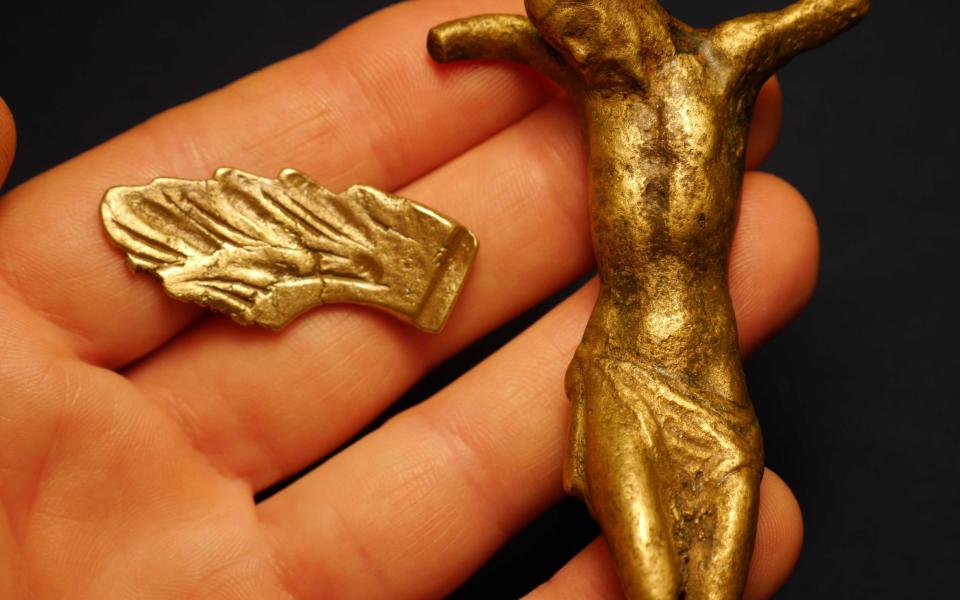
Dr Gibbins has linked the lost Rembrandts to letters that emerged from the Sauli family archive in Genoa in 2006. They relate to the Basilica of Santa Maria Assunta, the church that the Sauli family – one of the city’s wealthiest – used as a private chapel.
In the 1660s, Francesco Maria Sauli had decided to fill it with art, including a magnificent new altarpiece commissioned from Rembrandt. As Sauli had a part-share in a ship that was being constructed in Amsterdam, he instructed his agents and Viviano to handle negotiations with the artist.
In 1666, the agents told Sauli that Rembrandt had “promised to make two modelli of the paintings you want”, allowing him to approve the final commission.
They added: “He wants a lot of money, but he presents himself as someone who has knowledge of the art of painting and he therefore stands his ground.”
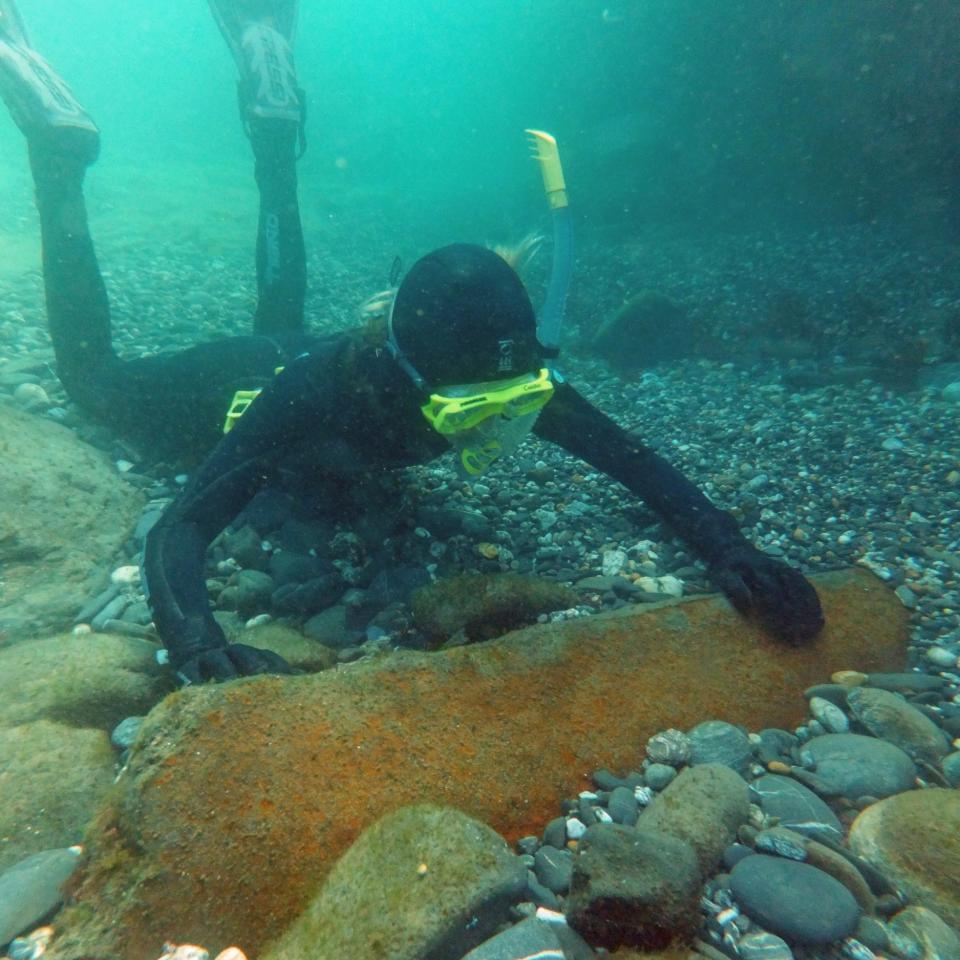
Weeks later, Viviano wrote to Sauli, raising his concern about the delay and the cost. His letter reveals the subject-matter of one of the paintings, the Assumption of the Virgin Mary, to whom the Genoese church was dedicated.
Realising Rembrandt’s connection to the shipwreck was “immensely exciting”, Dr Gibbins said: “When I read a publication on the letters I saw the name Viviano and my eyes just lit up because I knew that absolutely was the Santo Cristo di Castello.
“Further research by Italian scholars Luca Lo Basso and Renato Gianni Ridella has firmed up the identification. This is one of the most exciting revelations of my career.”
The wreck was originally discovered in 1969 by Peter McBride, a naval officer, while snorkelling. He then led a team that excavated part of the site.
Dr Gibbins first explored it in 2018, after he was told it was hardly worth a dive because treasure-hunters had used explosives to free a cannon, causing tons of rock to crash down over it.
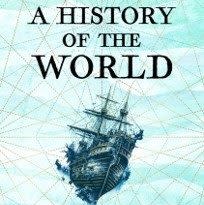
All too aware that at least 25 men and women on the ill-fated ship had perished, he described the site as a “forbidding place”, where visibility is generally extremely poor.
Passing over rocks, he saw a cannon and “a golden sparkle” of hundreds of brass-pins used in 17th-century society for fastening clothes and fixing hair and wigs.
He explored the site further with Mark Milburn, with whom he founded Cornwall Maritime Archaeology – a research and exploration group recording wrecks off Cornwall’s south coast – and his daughter Molly Gibbins.
They were to discover that the ship’s “extraordinarily rich cargo” included a 16th-century brass crucified Christ, a Corpus Christi, and an angel’s wing, “whose quality is remarkable despite nearly 350 years in the sea”, Dr Gibbins said.
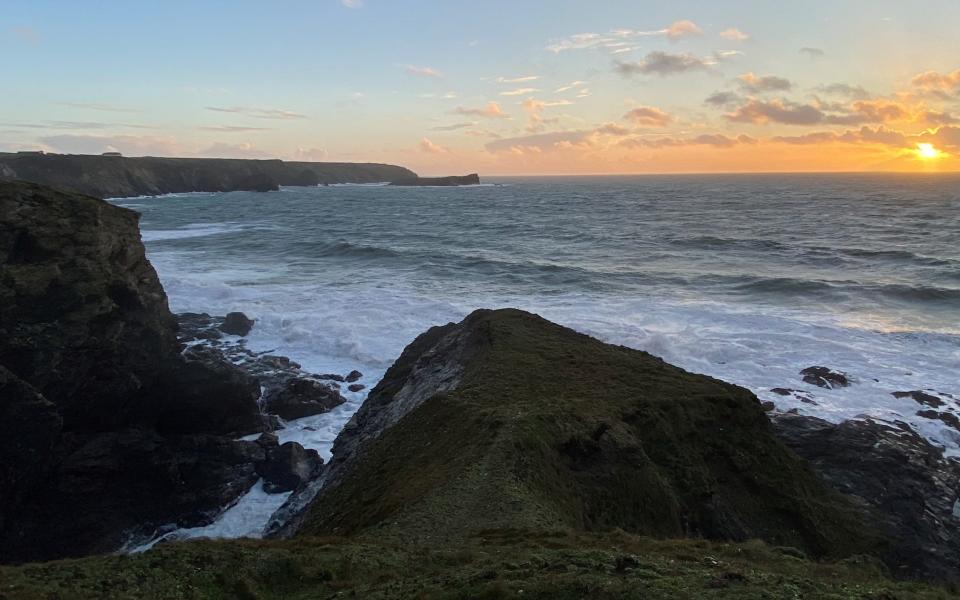
They reported everything to the Receiver of Wreck, to which all wreck discoveries made in British waters must be declared. They are investigating the site scientifically with a publication programme and an intention for the finds to go in a museum.
The research will be published in Dr Gibbins’s forthcoming book, A History of the World in Twelve Shipwrecks, to be published by Weidenfeld & Nicolson on Feb 8.
Prof Larry Silver, a leading Rembrandt scholar, is among the contributors to a new Cambridge University Press book, titled Risks in Renaissance Art. He said: “In 1656, Rembrandt declared bankruptcy. Part of the problem was that he had invested in some fairly speculative ship trading and he lost a ship at sea, which was a financial setback for him. So, ironically, he wasn’t just a victim of somebody else’s shipwreck. He was an investor in a ship that sank.”

